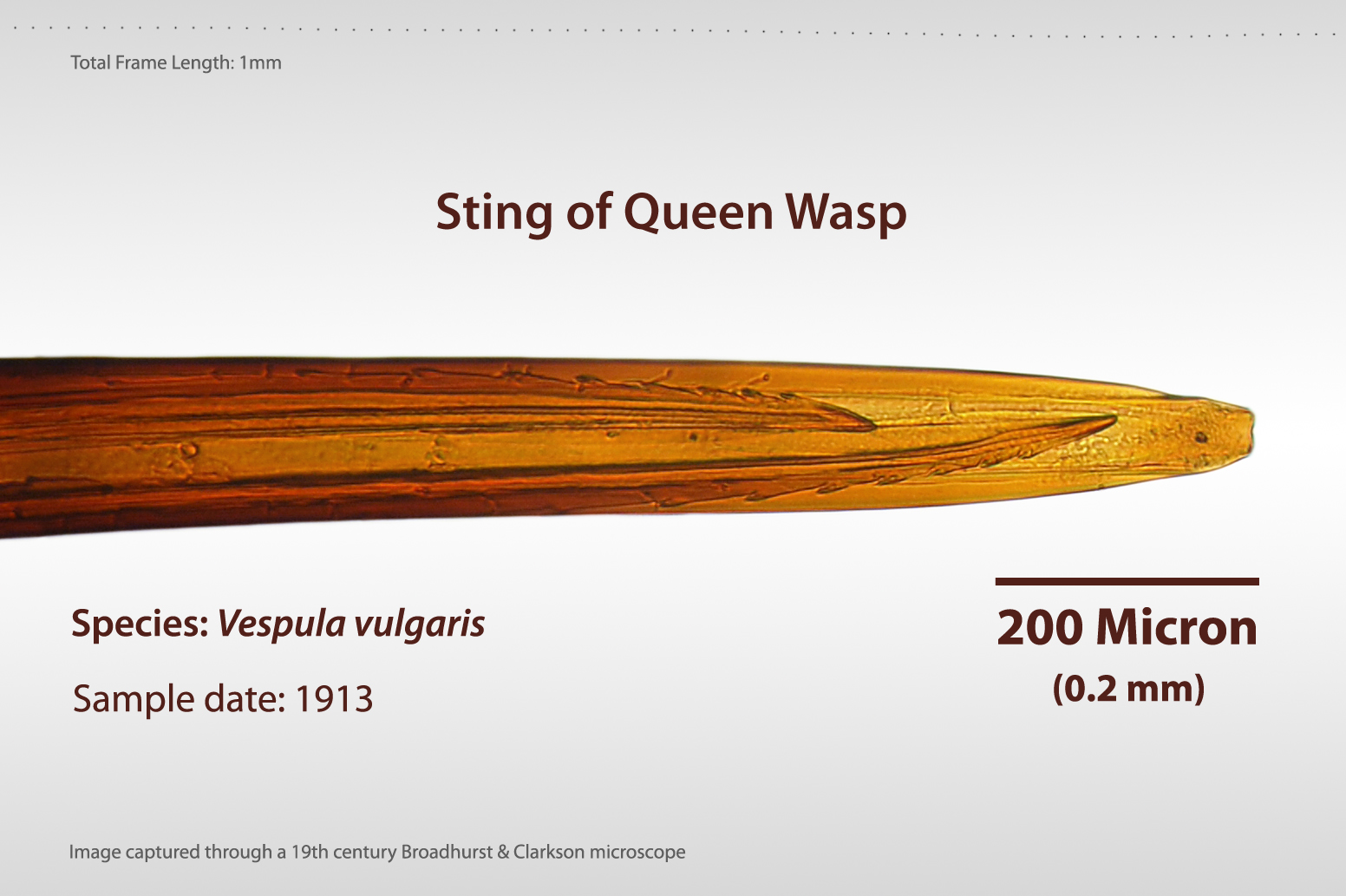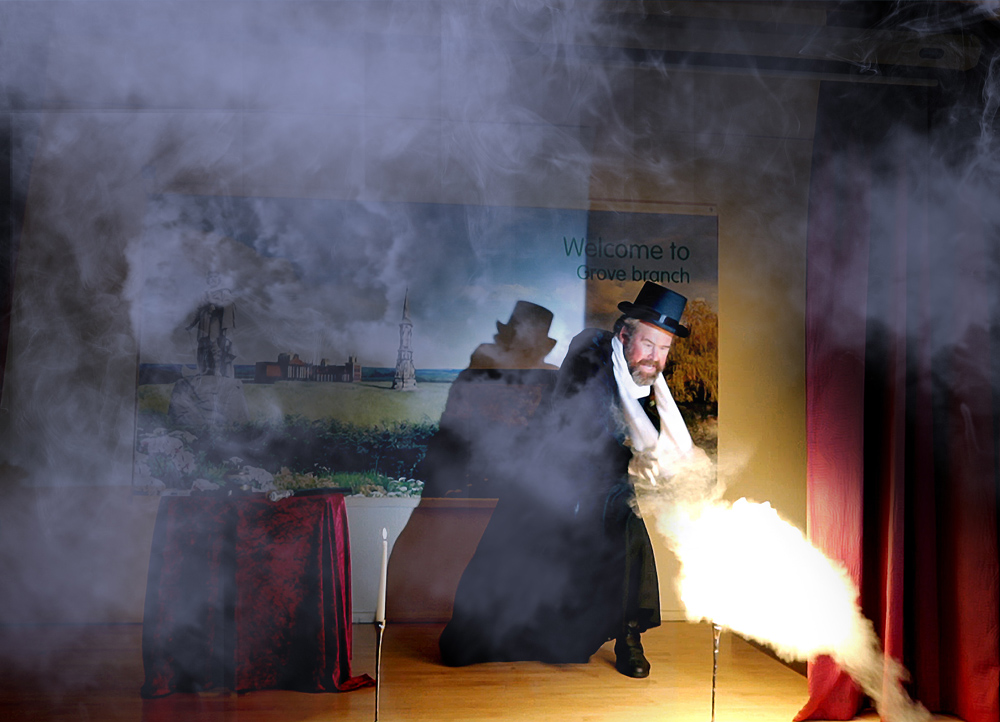MICROSCOPY MYTHS, FACTS, & BROWNIAN MOTION
by mol smith UK
|
All over the internet, one can read things which are originally published without evidence or with false evidence. When this applies to hobby microscopists, it can lead less experienced enthusiast microscopists to have the wrong information and who will then fail to realise their goals when going by what is said. I thought I might address a few here in this article. |

The first thing to note is these are not SWIFT microscopes of the famous quality English Microscopes made by James Swift and Son Limited 1857 - 1969. The Swift name is actually an American based company who have microscopes made in China where almost everything is made now, and who sell them on Amazon with false information. Let's look of just 4 of the many they are selling cheaply. They all boost 2500x magnification. This is not possible with an optical microscope,
simply because the wavelength of light denies it. The very maximum you might achieve with a very expensive quality instrument using oil immersion objectives and well made fine focus with top of the range quality optically corrected lenses is 1400x (possibly 1600x). The third one along states research grade and yet it's cheaper than the first one?? Erm, how can that me. I would think a research grade microscope needs to be made to the highest specification, and it certainly will not magnify and resolve anything
in excess of 1400x to 1500x so 2500?
The Bloom on grapes is yeast.
I was saying this for years. Are you still saying it? It's wrong. It is not yeast. Some people think it is residue left on the fruit from insecticides. Wrong! It is oleanolic acid. Oleanolic acid is widely distributed in food and medicinal plants and “exhibits anti tumor and antiviral properties. The plants make it themselves to protect their fruit.
Bees die after stinging you, wasps don't.
Ehm... this is not entirely true. A bee has a serrated sting edge (like a saw) and in most animals and in some parts of your body, it will slide in and slide out again. The teeth do not get snagged by your flesh. It also depends on how far the bee sticks it in. We keep bees and I've been stung several times but no venom was injected and on each occasion the bee flew off again intact. If the bee sting does get jammed because it went all the way in and the area is a bit tougher,
the bee (if left alone, rare due to our pain and panic), the bee will twist and turn to try and work the sting free. Often successfully.


Sting of Bee
Sting of Wasp
This may well be true, but I see truth as evidential. Science sees truth as based on repeatable evidence, and here-in lies a problem.
"Crude oil is created through the heating and compression of organic materials over a long period of time. Most of the oil we extract today comes from the remains of prehistoric algae and zooplankton whose remains settled on the bottom of an Ocean or Lake. Over time this organic material combined with mud and was then heated to high temperatures from the pressure created by heavy layers of sediment. This process, known as diagenesis, changes the chemical composition first into a waxy compound called
kerogen and then, with increased heat, into a liquid through a process called catagenesis". Source oilprice.com
Note 'the long period of time', like 250-500 million years, and this is why we can't repeat an experiment to prove it. My guess is that it sounds reasonable, so I accept the theory.
Did he? A lot of sources said he did and many sources say that Lycopodium powder (spores of a clubmoss) show the effect. Do they? I decided to take a look. I make films and I bought some powder for an effect in the film, thus.

Way back in Victorian times (1827), a botanist Robert Brown, looking through a microscope at burst pollen grains of a plant immersed in water, noticed a strange random movement of the tiny particles. The movement was not caused by heat or small water currents, but something else—something unexplainable at the time. The motion became known as Brownian motion. Note: some text books and internet sources quote incorrectly, i.e. that the effect was noticed on pollen grains. This is wrong! Brown saw the motion in grains after they had burst and released their particles into the surrounding water. The pollen grains are too big to show Brownian motion, as I will demonstrate.
In 1905, almost eighty years later, theoretical physicist Albert Einstein published a paper where he modelled the cause of the motion of the pollen as being moving individual water molecules, making one of his first major scientific contributions.
The magician is throwing a half-a-teaspoon of powder into the candle flame. The powder from the fine spores of a moss plant—(Lycopodium clavatum) and it’s is one of the family (genus) of clubmosses, also known as ground pines or creeping cedars. The spores can be purchased in powder form. It has several
interesting properties. While not especially flammable, when dispersed in air the surface area of the powder, surrounded by trapped air, increases the oxygen content greatly—which is the property the magician is exploiting.
It is also highly hydrophobic—that is: it does not like water. The tiny grains have little protrusions that trap air around each grain. When the powder is immersed in water the surface of the spore powder grains do not get wet because the air forms a thin layer of air around them keeping the water away. The oxygen trapped on the surface of the pollen grain acts as an oxidant and aids ignition and combustion of the pollen dust when it touches the flame. Coal
mines
were subject to terrible flash fires through coal dust hovering in the tunnels and shafts. One spark, and poof, a flame would travel along the tunnel, with devastating effect is such closed spaces.
Now let me prove the information about Robert Brown seeing his discovered motion in Lycopodium spores typical in size to some whole pollen grains as wrong.
If you like to read more about Brownian motion, its history, etc. and what to put under a microscope to witness Brownian Motion, visit our resource here on the web and the article written by David Walker.
And my video showing Lycopodium spores not exhibiting Brownian motion:
|
|
|
|
The video above gives quite a long time for you to notice the 'jittering' in those tiny globules. Play it bigger to see more clearly. Half way through, I speed up the video so the 'jittering' caused by random motion in the water molecules (atoms and molecules are moving through kinetic energy) colliding on all sides of the globules. Note: there is a slight 'drift' movement towards the bottom of the video. This is likely caused by the water between the cover slip and the glass slide drying out at the edge and 'pulling' the water that way. The random motion of the fat globules is being caused by something else, and that something remained a mystery until the development of atomic and molecular theory and proof. |
|
Hats off for Robert Brown, an accurate observer! (Editor's note: Lycopodium spores are reported to be 25 microns in size. At this size, also typical of many pollen grains, the motion as Maurice notes is very slight and could be from external causes such as vibration. Milk fat globules are much smaller, typically 0.5 - 3 microns where can see convincing Brownian motion if evaporation minimised.) |
|
In unashamed self-promotion. This article is an edited extraction from one of the projects in my current book which will be available via this web site, Amazon Books, and 3rd party distributors, in time to buy for this Christmas 2020. I'm hoping to make it the most comprehensive up-to-the-minute resource for children, and adults, starting out with using a microscope as part of a hobby or for fun. Working cover below (which will probably change). You can write to me and suggest a better title, if you like? |
|
|
|
Comments to the author are welcomed.
Microscopy UK Front Page
|
